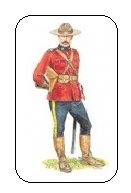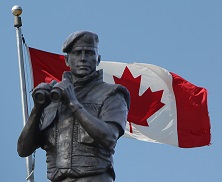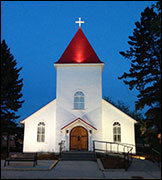True and Fascinating Canadian History
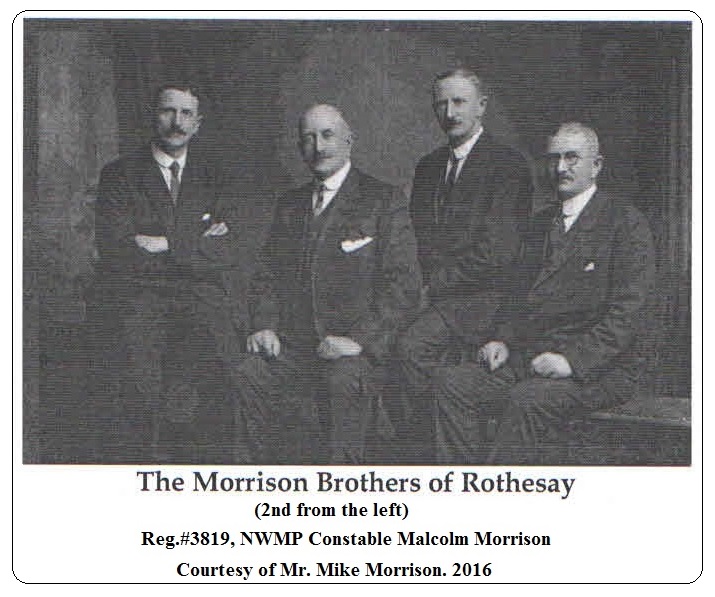
Vet of the Month: May, 2016
Reg.#3819, Constable Malcolm Morrison. NWMP
and great grand uncle to NWMP Constable Malcolm Morrison
Introduction:
I was extremely pleased to receive the story about Constable Malcolm Morrison from Mr. Mike Morrison who served as an American police officer. Mike tells the story best because he had heard tales about his great grand uncle Malcolm Morrison for many, many years.
About the author: Mr. Mike Morrison
"Hi Joe; I must tell you that most of my family was in education, however I enlisted in the US Army through the California Army National Guard at age 18 and became a policeman in Los Angeles County at age 21. I was the exception in our family and something of a "black sheep" (although my family didn't treat me as such). I finished a 23 year career in law enforcement in 1996 and retired from the Army as a reserve in 1991. When I found out the truth about Malcolm, I felt that perhaps I was unintentionally carrying on a family tradition and less like the exception. So I feel a certain kinship with Malcolm."
Let the story begin. J. J. Healy
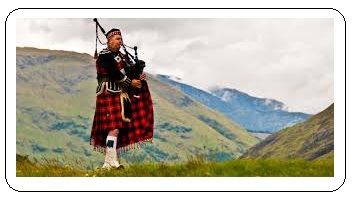
Malcolm was the oldest of the seven. At the age of 20, he left home and began a series of travels that remains amazing today. When considered in the context of the times and the state of the art of travel, it truly seems that Malcolm was the classic adventurer with “itchy feet”.
On 10 Sep 1885, Malcolm attested as a trooper in the Royal Regiment of Horse Guards (Reg.# 1365). Malcolm was assigned to the Regiment, part of Queen Victoria's household cavalry, at Regents Park Barracks in London with this venerable and famous horse unit known as “The Blues” until his discharge on 8 Jan 1889. (This unit is now known as “The Blues and Royals” and is still the Royal Household Cavalry in service with the British Army.) This was Malcolm's first adventure away from home that I am aware of and the first time that he was a soldier. His training in the army and the strict experiences were to stand him in good stead in his future endeavours.
Malcolm came back to Scotland upon his discharge from the Army and attested with the Glasgow City Police. He was a constable in this growing, bustling city from 23 Jan 1889 to 7 Aug 1896. When he left the Police Force, he was a Constable First Class. Little is available that records the nature of his duties. Oddly, though, the Glasgow Police still have his disciplinary record available.
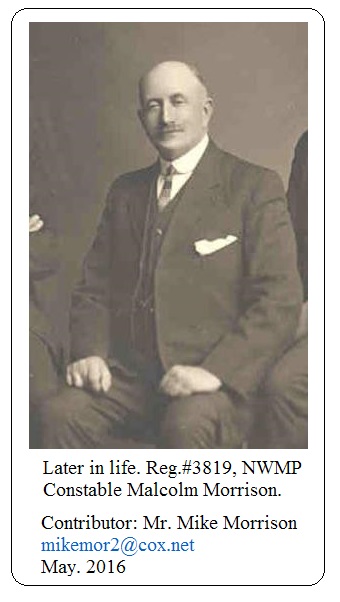
In the late 1890's, Great Britain was embroiled in a war in South Africa, the Boer War. On 12th December 1899, The British Army and the War Ministry, reacting to defeats suffered due to tactics of the Afrikaners, responded favourably to a suggestion by Simon Joseph, 16th Lord Lovat and 22nd Chief of the Clan Fraser of Lovat. Pursuant to his suggestion, Lord Lovat went home to the Inverness area and formed two companies of Scouts, one mounted and one afoot. It was agreed that what was needed to defeat the wily Afrikaners was Highlanders who were adept at spying, stalking, riding and shooting. This was to be the first contingent of the famed Lovat's Scouts, assigned to The Black Watch and Malcolm was there.
Malcolm attested to the Imperial Yeomanry, Lovat's Scouts on 6th Feb 1900 (Regimental Number 8779). In personal conversations with the curator of the British Army Museum at Fort George, it was decided that the reason this man from “far off” Bute was selected for the first contingent of Lovat's Scouts was because he had experience as a military horseman which could be used to train the others to British Army standards.
Malcolm went to and fought in South Africa, under the command of Col. the Hon. Andrew D. Murray, formerly of the 1st Cameron Highlanders, serving 1 year, 137 days in South Africa. He rose to the rank of Sergeant and was awarded the South Africa Medal with three clasps (South Africa 901, Wittebergen and Cape Colony). The exploits of the Lovat's Scouts in the Boer War are a matter of history. They acquitted themselves so well that Lord Lovat was sent back to Inverness to create additional units of Lovet's Scouts and a second contingent went to South Africa.
Lovat's Scouts established themselves in the British Army and went on to fight in World Wars I & II with distinction. I have found that there will always be a mark of distinction to be counted as “Original Contingent, Lovat's Scouts” and Malcolm was among them. On 20 August 1901, at Beauly Castle, Invernessshire, he was discharged.
On 14th November 1901, less than three months after his discharge from Lovat's Scouts, Malcolm attested to the Northwest Mounted Police, “H” Division, Reg.#3819. Malcolm apparently wanted to taste more of the world and its adventures. So, from Cape Canso, Nova Scotia, where his brother Daniel was employed with the Communications Cable Company (more on that later), he joined this law enforcement body created to police the wilds of western Canada. This extremely efficient and successful Force was the first “Canadian Mounties” and would later evolve into the Royal Canadian Mounted Police.
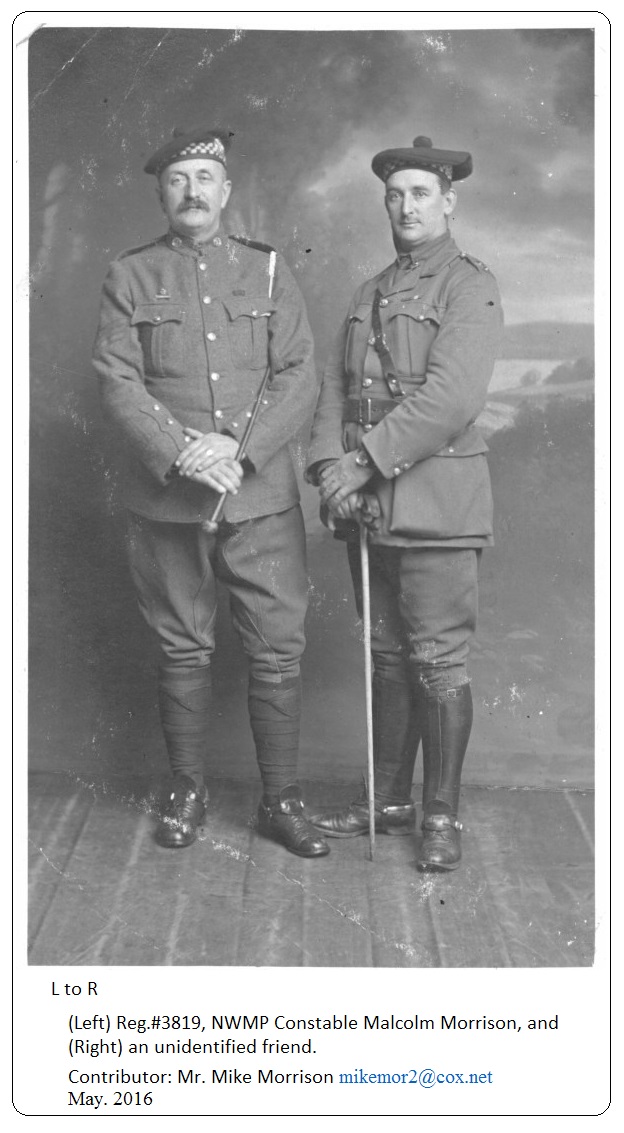
Malcolm was a big man. In fact, he was bigger than the size of man the Mounties wanted. This was due to their experience in the extended, arduous treks undertaken in the extreme wilds of the Yukon and other western territories and out of deference to their mounts. He was accepted anyway into their ranks, joining his new unit in Regina, Saskatchewan, after two physical examinations (in the second of which he seems to have lost some weight!). Malcolm was about six feet in height and anywhere from 175 to 190 pounds.
Malcolm traveled to the northwest regions of Canada, which were still in the throes of the frenzy created by the Yukon Gold Rush. It was during this period of service that the N.W.M.P. became the Royal Northwest Mounted Police (Designated "Royal” in 1903 by Prince Albert). The R.N.W.M.P. was used as the sole Force to bring law and order to this wild and rugged country. The R.N.W.M.P. was also used by the Canadian government to occupy lands in a dispute with the United States over the “panhandle” of Alaska, claimed by both countries. The dispute was eventually settled amicably, however the Canadian Government saw the wisdom of having a permanent Mountie presence in the frozen northwest.
The remoteness of Malcolm's assignments is exemplified by an attempt by his family to contact him, which was faithfully relayed from the Commissioner's Office in Ottawa to Malcolm in White Horse in the Yukon Territory. In a Canadian Pacific Railway Company's Telegram dated March 20th 1902, from D. Morrison to F. White, Comptroller, N.W.M.P., Ottawa, Ontario, a request - “Have you or can you obtain any information of Malcolm {sic} Morrison of Mounted Police?. Friends are anxious.” The reply, also dated March 20th, to D. Morrison, Hazel-Hill, N.S. (his brother?) from Fred White replies, “Malcolm Morrison is at present stationed at White Horse, Yukon Territory.”
Malcolm was no youngster during his service with the Mounties. He was 35 years old when he started his service and 41 when he left the Force.
Uncle Malcolm was someone of whom family tales abounded. As a child, I had heard that Uncle Malcolm was in Canada around the time of the gold rush, either as a Mountie or a gold prospector.Passed down from generation to generation and now residing with my brother Dan is a ring with two gold nuggets from the Yukon as a memento of his service. I had also heard that he had fought “in the Boer War”, however I can recall no particulars.
I was excited, then, to receive a reply to a query of mine from Glen Wright, Historian for the RCMP that he not only had heard of Uncle Malcolm, but that there was an extensive record in the Canadian Archives that could be had for the asking (and a couple of dollars, of course!). When that envelope came with 41 pages of copies of original documents, it included the record of his service with the Mounties and verification of his prior service with the Army and the Glasgow Police. This documentation had been meticulously acquired and certified as a background check prior to his service.
This record also shows that Hon. D. C. Fraser, a member of the House of Commons from New Glasgow, Nova Scotia, endorsed him for service in two letters dated November 7, 1901. In a handwritten note under the Canadian House of Commons letterhead, he said, “ I hereby certify that Malcolm Morrison the within named applicant for engagement with the N.W. Mounted Police Force is a young man of exemplary character and in every way sober and honest.” It is signed “D. Fraser, M.P.” An accompanying typed letter, also dated November 7, 1901 is addressed to Colonel White, N.W. Mounted Police, Ottawa.
It says, “My dear Colonel White:- The bearer Mr. Malcolm Morrison is on his way to Regina to join the Mounted Police. He has been examined and goes to you well recommended. You can see from the positions that he has held in the Army as to his capabilities. I know you will do what you can to facilitate his progress to Regina so that nothing may occur when he reaches there to interfere with his immediate employment.” That letter is signed, “Yours Truly, D. Fraser.”
So Malcolm was off to the Yukon. His duties and adventures there are not well known, except that, in a poignant letter written 26th February 1924 to the Commissioner of the RCMP inquiring about the possibility of rejoining the Force, we learn that he was in charge of the Steam Launch “Gladys” in Carcross, Yukon Territory.
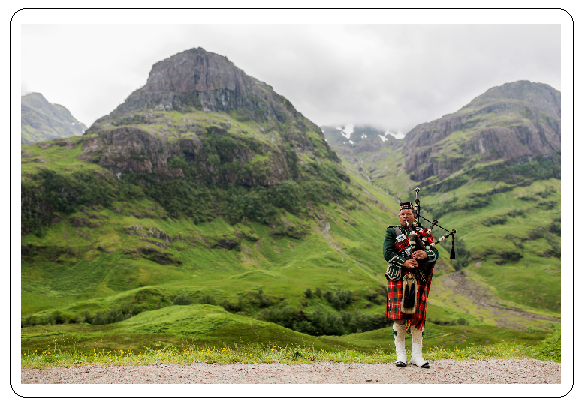
Malcolm returned to Rothesay and lived out his life there. He was a looming presence, remembered as one who stood out in his greatcoat and western style hat. It was also remembered that he chewed tobacco and could expectorate and hit the stove from anywhere in his brothers‟ plumbing shop (Morrison Brothers Plumbing on Watergate in Rothesay)!
In Rothesay, Malcolm, a life-long bachelor and adventurer, lived at 15 Barone Road with his sister Maggie. This was just around the corner from his brother Archie. He died on January 2, 1943 at the age of 77, outliving two of his younger brothers. Malcolm Morrison is buried in an unmarked grave in the graveyard of the High Kirk of Rothesay.
As earlier stated, The “Legend of Uncle Malcolm” was passed down faithfully in my family from my grandfather (yet another!) Dan Morrison and granduncle (yet another!) Archie Morrison, to my father (yet another!) Dr. Archie M. Morrison to us. At the same time, unbeknownst to us, his legends were passed down through his grandnephews in Rothesay, (yet another!) Jimmy and George Morrison. It was quite a pleasant surprise to do the research and discover that the tales about Uncle Malcolm were true and revered internationally.
While in Rothesay recently, I was told of more lore about Uncle Malcolm. He was supposed to have searched for gold in the Yukon. My best guess is that this is after his stint with The Mounties. There's information that he spent some time with The Palestinian Police and I will continue to research that.
One of my favourites was documented in a story in The Buteman from many years ago about local stories. In it, Malcolm, spurred on by a wager, donned his full Royal Horse Regiments uniform, including white doeskin breeches, shiny boots over the knee, brass breastplate and helmet with ostrich plume and rode an old farm horse the length of High Street to the Pier. This took place on a day when local farm hands and servants were paid in the same location Malcolm's ride terminated (”feeing day”). One of the female farm servants was heard to say, “Maggie! Come and see this man on his horse. He's got his long drawers on and an ostrich feather on his hat!” So much for any dignity he may have had left!
I would like to thank retired American police officer Mr. Mike Morrison most sincerely for enclosing the story about the life and times of North West Mounted Police (NWMP) Constable Malcolm Morrison. Stories such as his make our history of the Force far more rich and realistic. One can also consider the photos of Constable Morrison as gems -- for without the help of Mike Morrison the photos would not have come to light or could they be appreciated. Thank you again Mike.
Reporting from the Fort,
J. J. Healy
May 23, 2016
